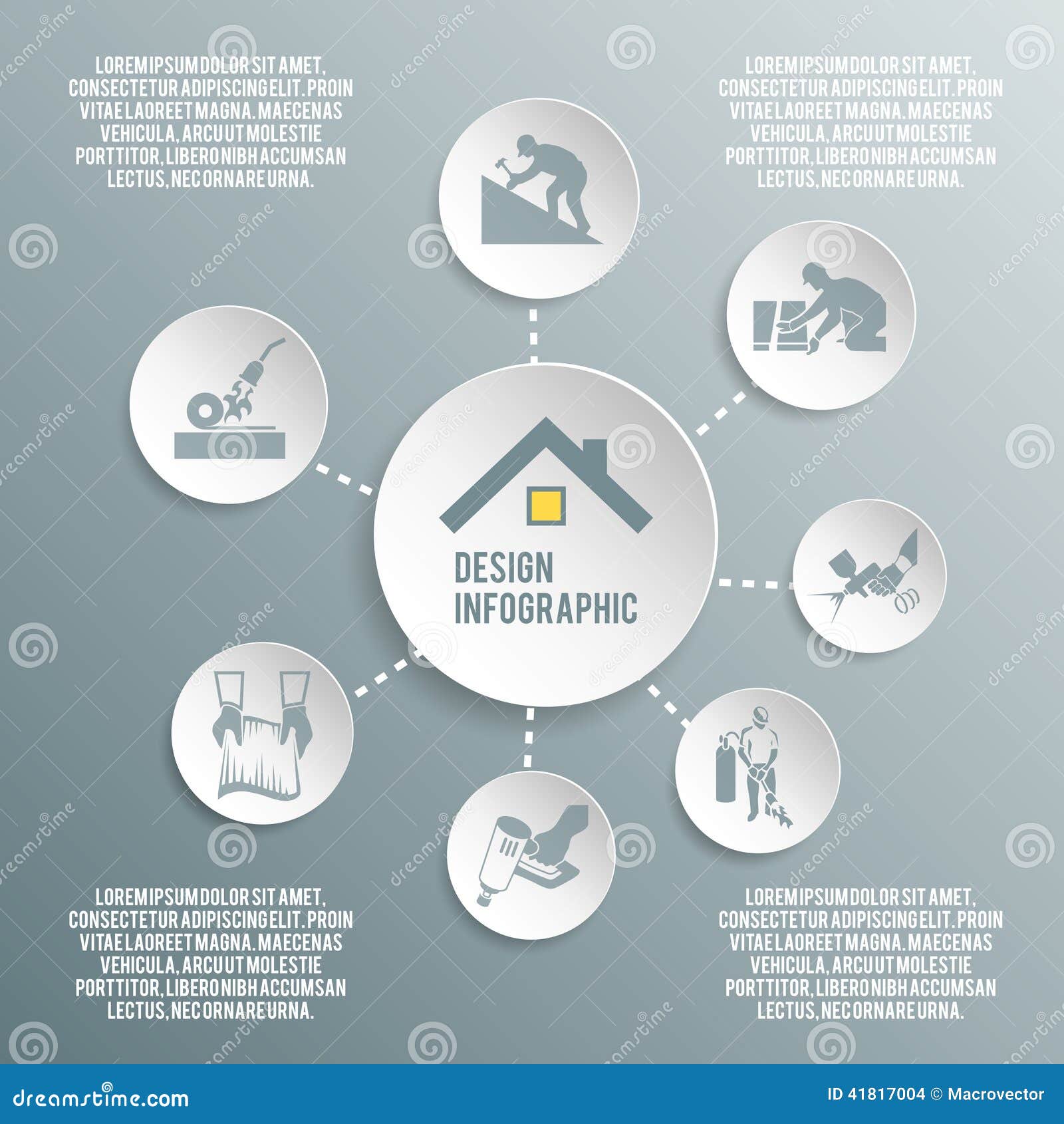Interested About The Impact Of Weather Condition On Your Photovoltaic Panels' Efficiency? Discover The Trick To Maximizing Your Photovoltaic Panel'S Energy Output, Even In Unpredictable Weather Conditions
Interested About The Impact Of Weather Condition On Your Photovoltaic Panels' Efficiency? Discover The Trick To Maximizing Your Photovoltaic Panel'S Energy Output, Even In Unpredictable Weather Conditions
Blog Article
Write-Up By-Key Austin
When it comes to solar panel efficiency, recognizing just how weather conditions enter play is essential. Picture this: your photovoltaic panels indulging in the sunlight's radiance, absorbing energy to power your home. Yet what happens when clouds roll in or temperature levels rise and fall? How does that influence your power manufacturing? By diving into commercial solar panel installers detailed dancing between climate and photovoltaic panels, you'll uncover essential insights that can assist you take advantage of your renewable energy setup. Check out the subtleties of sunshine strength, temperature level impacts, and the function of cloud cover and rainfall in optimizing your solar panel efficiency.
Influence of Sunlight Intensity
Occasionally, the intensity of sunlight can considerably impact the effectiveness of photovoltaic panels. When the sunlight is strong and direct, your solar panels generate even more electricity. Nonetheless, during cloudy days or when the sun goes to a low angle, the panels get less sunlight, reducing their performance. To take full advantage of the power output of your solar panels, it's vital to install them in areas with sufficient sunshine exposure throughout the day. Consider elements like shielding from close-by trees or structures that could block sunlight and reduce the panels' efficiency.
To enhance the efficiency of your photovoltaic panels, consistently clean them to eliminate any dust, dust, or debris that may be obstructing sunshine absorption. In https://damienyirbi.izrablog.com/31612485/the-development-of-solar-power-expectations-for-the-market-in-the-upcoming-years , guarantee that your panels are tilted appropriately to obtain the most direct sunlight possible.
Impact of Temperature Changes
When temperature modifications occur, they can have a considerable influence on the effectiveness of photovoltaic panels. Solar panels work ideal in cooler temperature levels, making them more reliable on moderate days compared to exceptionally warm ones. As https://solar-panel-output10997.blog2news.com/31635295/kickstart-your-journey-to-sustainable-living-with-the-top-advantages-of-solar-setup-consisting-of-unexpected-advantages-that-surpass-just-saving-cash , photovoltaic panels can experience a reduction in performance due to a sensation called the temperature coefficient. This effect triggers a reduction in voltage output, eventually affecting the total power manufacturing of the panels.
Alternatively, when temperature levels go down as well low, photovoltaic panels can also be impacted. Exceptionally chilly temperature levels can bring about a reduction in conductivity within the panels, making them less efficient in generating power. This is why it's essential to consider the temperature conditions when setting up photovoltaic panels to maximize their performance.
Role of Cloud Cover and Rain
Cloud cover and rains can considerably affect the efficiency of solar panels. When clouds block the sun, the quantity of sunshine reaching your photovoltaic panels is lowered, leading to a decline in power production. Rain can likewise affect photovoltaic panel efficiency by blocking sunlight and producing a layer of dust or gunk on the panels, better reducing their ability to create electrical energy. Even light rain can spread sunlight, causing it to be less focused on the panels.
During cloudy days with hefty cloud cover, solar panels may experience a considerable decrease in energy output. However, it deserves keeping in mind that some modern photovoltaic panel technologies can still generate electrical power also when the skies is gloomy. Additionally, rain can have a cleaning result on solar panels, washing away dust and dust that may have accumulated with time.
To make best use of the efficiency of your photovoltaic panels, it's essential to think about the impact of cloud cover and rains on power manufacturing and make sure that your panels are correctly maintained to hold up against varying weather conditions.
Verdict
Finally, climate plays a significant duty in the effectiveness of your photovoltaic panels. Making https://messiahzirai.targetblogs.com/31573061/explore-the-significant-impact-of-solar-setups-in-cultivating-sustainability-and-observe-how-they-are-improving-our-eco-friendly-landscape of sunlight exposure, taking care of temperature level modifications, and keeping an eye on cloud cover and rainfall are key elements to think about for optimum energy generation. Routine upkeep, such as cleaning panels, is crucial for keeping peak performance. By comprehending just how climate influences your photovoltaic panel effectiveness, you can make informed choices to take full advantage of power result and financial savings.
